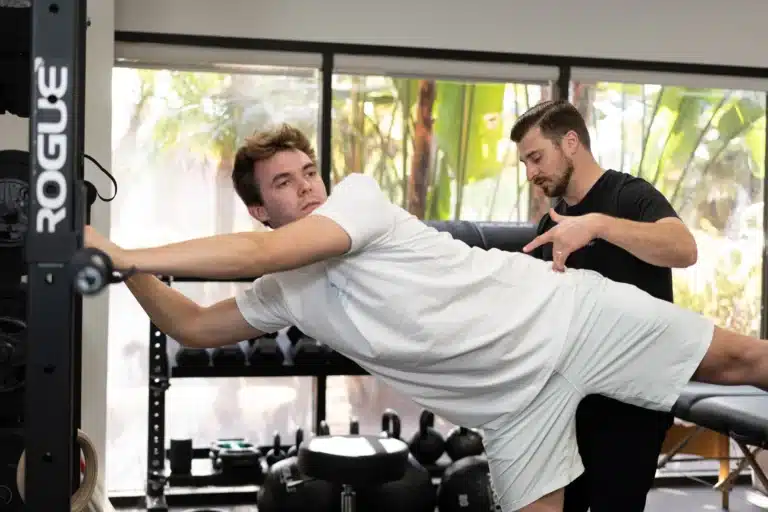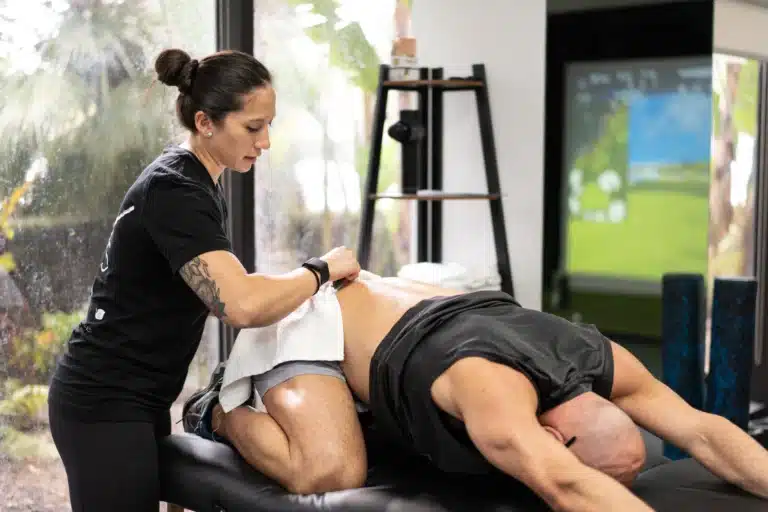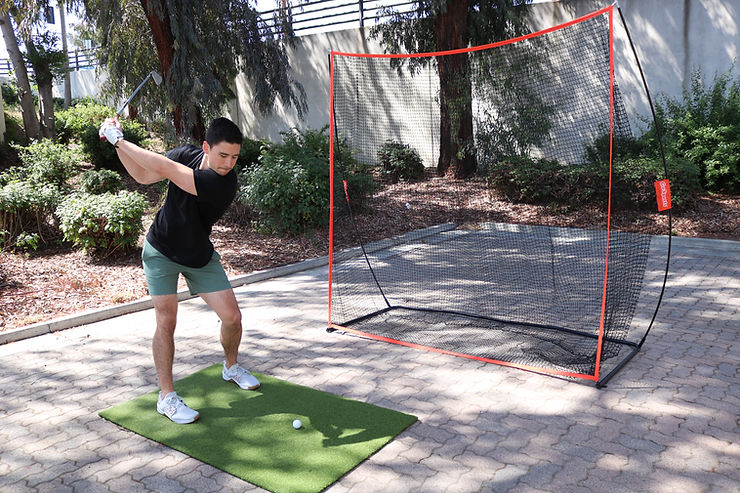Cupping therapy is an ancient form of alternative medicine that has been used for centuries to treat various ailments, including back pain. This therapy involves placing cups on the skin to create negative pressure, which can improve blood flow, reduce inflammation, and promote healing. In this blog, we will explore the mechanisms behind cupping for back pain, its benefits, and its overall effectiveness.
What is Cupping Therapy?
Cupping therapy, often referred to as cup therapy, involves the application of suction cups to the skin to create negative pressure. This ancient form of therapy can be performed using different types of cups, including glass cups, silicone cups, and bamboo cups. The suction can be generated manually or using a pump. There are various names for cupping therapy, such as dry cupping, wet cupping, and needle cupping, each with specific techniques and purposes.
Cupping therapy is believed to work at a cellular level, enhancing blood flow and promoting the healing of muscle fibers and connective tissue. The action of cupping can also stimulate the lymphatic system, aiding in the removal of toxins from the body. The application of cupping therapy can be tailored to specific treatment locations to address different types of cupping manipulations.
Is Cupping Good for Back Pain?
Cupping therapy has gained recognition as a potential treatment for back pain. The suction created by the cups helps improve circulation, reduce muscle tension, and promote relaxation. These effects can help alleviate pain and improve the range of motion in the back. Several systematic reviews and meta-analyses have evaluated the effectiveness of cupping therapy for back pain, with many studies indicating positive outcomes.
What Does Cupping Therapy Do?
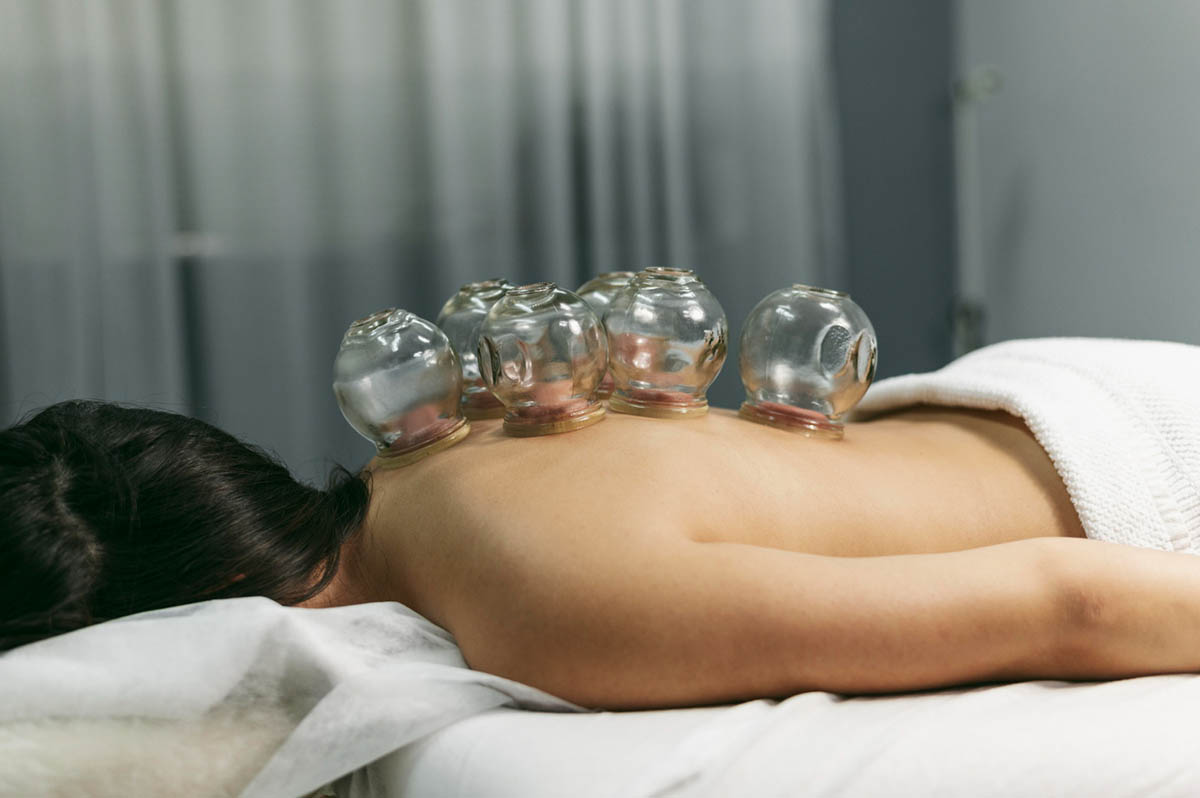
Improves Circulation
Cupping therapy enhances circulation by drawing blood to the surface of the skin and promoting blood flow to the affected areas. This improved circulation can help supply oxygen and nutrients to damaged tissues, facilitating their repair and recovery. Improved blood circulation is crucial for the healing of dysfunctional muscles and reducing muscle soreness.
Reduces Inflammation
Inflammation is a common cause of back pain. The negative pressure created by cupping can help reduce inflammation by improving the flow of blood and lymphatic fluid. This reduction in inflammation can alleviate pain and promote healing, improving clinical outcomes for patients with chronic conditions.
Releases Muscle Tension
Muscle tension is often a significant contributor to back pain. Cupping therapy helps release muscle tension by stretching the underlying muscle tissues and connective tissue. This release can improve flexibility and reduce discomfort, which is beneficial for individuals suffering from musculoskeletal pain.
Promotes Relaxation
The gentle pulling sensation of cupping therapy can have a calming effect on the nervous system, promoting relaxation and reducing stress. This relaxation can help address the emotional aspects of pain, contributing to overall well-being. The improvement in mental health and the perception of pain can significantly enhance the function of individuals undergoing treatment.
Restores Balance of Qi
In traditional Chinese medicine, cupping is believed to restore the balance of Qi, the body’s vital energy. By unblocking stagnant Qi, cupping therapy aims to restore harmony and improve overall health. This ancient form of therapy has been practiced in Eastern cultures for centuries to promote healing and well-being.
Benefits of Cupping Therapy for Back Pain
Resolves Chronic Muscle Tightness
Chronic muscle tightness can lead to persistent back pain. Cupping therapy helps alleviate this tightness by loosening muscle fibers and improving flexibility, providing long-term efficacy and relief from pain.
Increases Circulation
By increasing blood flow to the back muscles, cupping therapy helps deliver essential nutrients and oxygen, aiding in the healing process and reducing pain.
Encourages Tissues to Release Toxins
Cupping therapy can help the body release toxins that have built up in the tissues. The suction effect draws these toxins to the surface, where they can be more easily eliminated by the body’s natural detoxification processes.
Reduces Scars
For those with scar tissue buildup, cupping therapy can be beneficial. The suction created by the cups is believed to help break down scar tissue, improving the skin’s appearance and flexibility.
Eases the Flow of Lymphatic Fluid
The lymphatic system plays a crucial role in the body’s immune response and fluid balance. Cupping therapy stimulates the flow of lymphatic fluid, reducing swelling and supporting the body’s natural healing processes.
How Does Cupping Work for Back Pain?
Cupping therapy works by creating suction on the skin, which draws blood and other fluids to the surface. This increased circulation helps reduce inflammation, release muscle tension, and promote healing. The suction also helps stretch the underlying tissues, which can alleviate tightness and improve flexibility. By addressing these underlying issues, cupping therapy can provide significant relief from back pain.
The effectiveness of cupping therapy for back pain can be attributed to several factors, including the improved range of motion, reduced pain thresholds, and the massage-like effect of the suction. Studies have shown that cupping can have a positive impact on musculoskeletal pain, including back pain, by improving blood flow and reducing muscle tension.
Side Effects of Cupping for Back Pain
While cupping therapy is generally safe, it can cause some side effects, including:
- Bruising: The suction effect can leave temporary bruises on the skin.
- Skin Infection: There is a small risk of infection, especially with wet cupping.
- Skin Irritation: Some people may experience redness or irritation at the site of the cups.
- Burns: In rare cases, the cups can cause burns if not properly used.
- Worsening of Skin Conditions: Individuals with certain skin conditions may find that cupping exacerbates their symptoms.
Where to Put Cupping Cups for Back Pain?
Upper Back
Cupping the upper back can help relieve tension and pain in the shoulders and neck, areas that often carry a lot of stress.
Mid-Back
Cupping the mid-back can target the muscles along the spine, helping to reduce pain and improve mobility.
Lower Back
The lower back is a common site of chronic pain. Cupping the lower back area can help alleviate discomfort and improve function.
Between the Spine and Shoulder Blades
Placing cups between the spine and shoulder blades can help release tension in this commonly tight area, providing relief from pain and stiffness.
Neck and Shoulders
Cupping the neck and shoulders can help alleviate pain and tension that can radiate down the back, offering comprehensive relief.
Effectiveness of Cupping Therapy for Back Pain
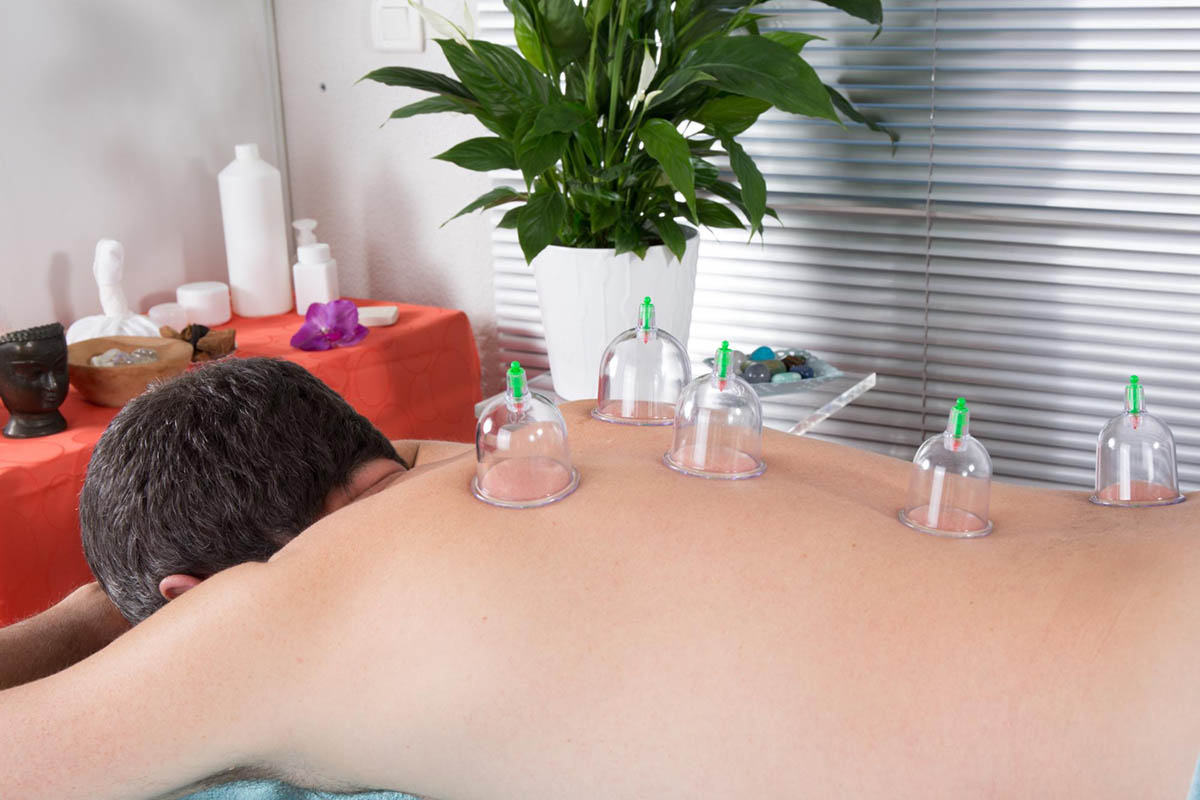
Studies and anecdotal evidence suggest that cupping therapy can be effective for reducing back pain. Many individuals report significant improvements in pain levels and overall function after undergoing cupping therapy. However, the effectiveness can vary from person to person, and it is often used in conjunction with other treatments for optimal results.
Systematic reviews and meta-analyses have shown that cupping therapy can be an effective treatment for back pain, particularly when combined with other forms of therapy such as physical therapy and chiropractic care. The methodological quality of these studies varies, but the overall evidence suggests that cupping can provide significant pain relief and improve function.
What Other Conditions Can Cupping Help?
Cupping therapy is not limited to back pain relief. It can also help with:
- High blood pressure
- Tension headaches
- Gastrointestinal disorders
- Arthritis
- Scar tissue buildup
Who Shouldn’t Get Cupping?
Cupping therapy is not suitable for everyone. People who should avoid cupping include:
- Pregnant women
- People with bleeding disorders
- People with skin disorders
- People with blood clotting issues
- People with epilepsy
- People with open wounds
- Seniors with weak compositions
- Patients with cancer
What Other Treatments Besides Cupping for Back Pain?
Physical Therapy
Physical therapy involves exercises and manual techniques to improve mobility, strength, and function, making it a common treatment for back pain.
Massage Therapy
Massage therapy can help relieve muscle tension, improve circulation, and promote relaxation, offering another alternative for back pain relief. Deep tissue massage, in particular, can be very effective in addressing chronic muscle tightness and pain signals.
Conclusion
Cupping therapy is a promising alternative treatment for back pain, offering benefits such as improved circulation, reduced inflammation, and muscle tension relief. But is cupping good for back pain? Many people find significant relief through this ancient practice, indicating its potential effectiveness. While cupping therapy for back pain may not be suitable for everyone, it has shown positive results for many individuals. To determine does cupping work for back pain in your specific case, it is important to consult with a healthcare provider. This ensures that you receive appropriate guidance and care tailored to your needs.
At The Movement Schopp, we specialize in holistic and innovative approaches to physical therapy that effectively address and alleviate back pain. Our expert team integrates cupping therapy into personalized treatment plans to enhance circulation, reduce inflammation, and relieve muscle tension. Experience the benefits of this ancient technique combined with modern physical therapy practices, designed to promote long-term relief and improve your overall well-being.
FAQs
How often should you do cupping on your back?
The frequency of cupping therapy can vary depending on individual needs and the severity of the condition. Generally, sessions can be done once a week or every few weeks.
Is cupping better than massage?
Cupping and massage therapy offer different benefits. Cupping focuses on improving circulation and releasing muscle tension through suction, while massage involves manual manipulation of muscles. The best choice depends on individual preferences and specific health needs.
What should you not do after cupping?
After cupping therapy, it is advisable to avoid hot showers, saunas, and intense physical activity for at least 24 hours to allow the body to recover and prevent skin irritation.


